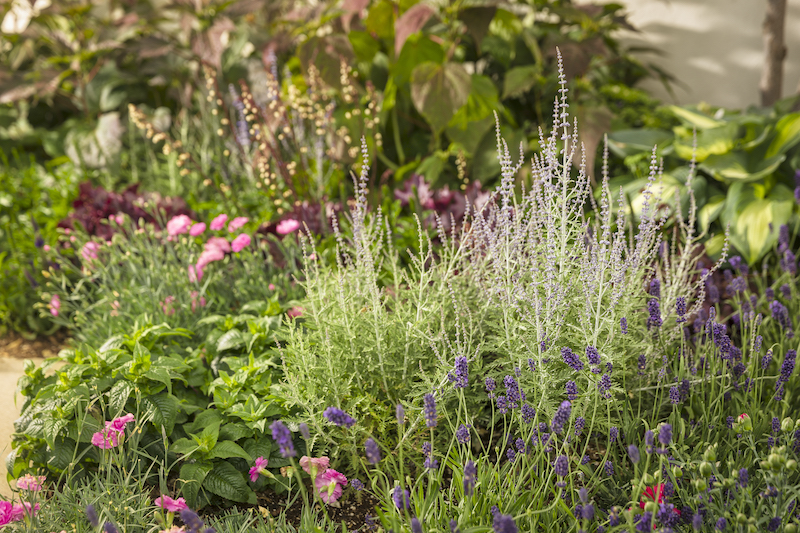Lavender flowers are beautiful and fragrant, so it can be frustrating when your plant doesn’t bloom well. The most important factors to get lavender blooming are site selection, soil conditions, and pruning. These plants are native to the Mediterranean region in Western Europe where they thrive in hot, dry locations with lean, rocky soil. The three main varieties, English, French, and Spanish lavender, all grow in different cold hardiness zones and bloom at different times of the season. Knowing where to plant and when to prune your variety will keep lavender healthy, robust, and blooming year after year.

Common Reasons Why Lavender Isn’t Blooming
All lavender varieties need proper sunlight and soil conditions to thrive. Lavender must have at least 6 hours of direct sunlight daily. Be sure your lavender plants are not being shaded by larger shrubs, trees, or building structures. Young lavender plants may not bloom until their 2nd or 3rd growing season–this is normal. Pruning at the wrong time of the year may also prevent lavender from blooming.
Lavenders thrive in dry heat and must be planted in fast-draining soil. If the site and soil conditions are not met, lavender may perish. If your native soil is clay, amend it with sand, small gravel, chunky organic compost, or coconut coir to aerate and help the soil drain faster. Clay retains moisture and compacts easily, which is a condition sure to eventually cause root rot in lavender.

Pruning Lavender To Help It Bloom
Pruning at the right time of the year will ensure lavender plants will bloom again while keeping the plant healthy and compact. Prune all varieties of lavender directly after blooming, once blooms start to dry and fade. Some varieties of English lavender will bloom twice in the growing season, depending on the climate. Make sure to clip the dried flowers and stems down to the main stem, removing about 1/3 of the plant after its blooming cycle. Do not cut into woody stems, and only prune flexible growth. Pruning lavender at the proper time rejuvenates the plant and promotes better blooming the following season.

Fertilizing Lavender To Help It Bloom
Fertilizer is rarely needed to get lavender to bloom. Organic soil amendments work best to improve the overall soil condition and help to stimulate soil microbes. Organic soil amendments can be applied once a year during spring, and a weak application of an organic product such as seaweed/kelp, shellfish, blood meal, or bone meal can be used to improve very poor soil. Follow the directions on the package.
Get Lavender To Produce More Blooms
Apply organic soil amendments and trace elements to the soil in early spring to help slowly feed the plant all season long. We recommend using an organic soil-building product to naturally feed the plant, particularly if you plan to use lavender in culinary applications or skin care products.
Why Lavender Isn’t Blooming
- Lack of sunlight
- Soil drains poorly
- Lavender is still young
- Pruning at the wrong time of the season
 |
Author Chris Link - Published 01-20-2023 |
